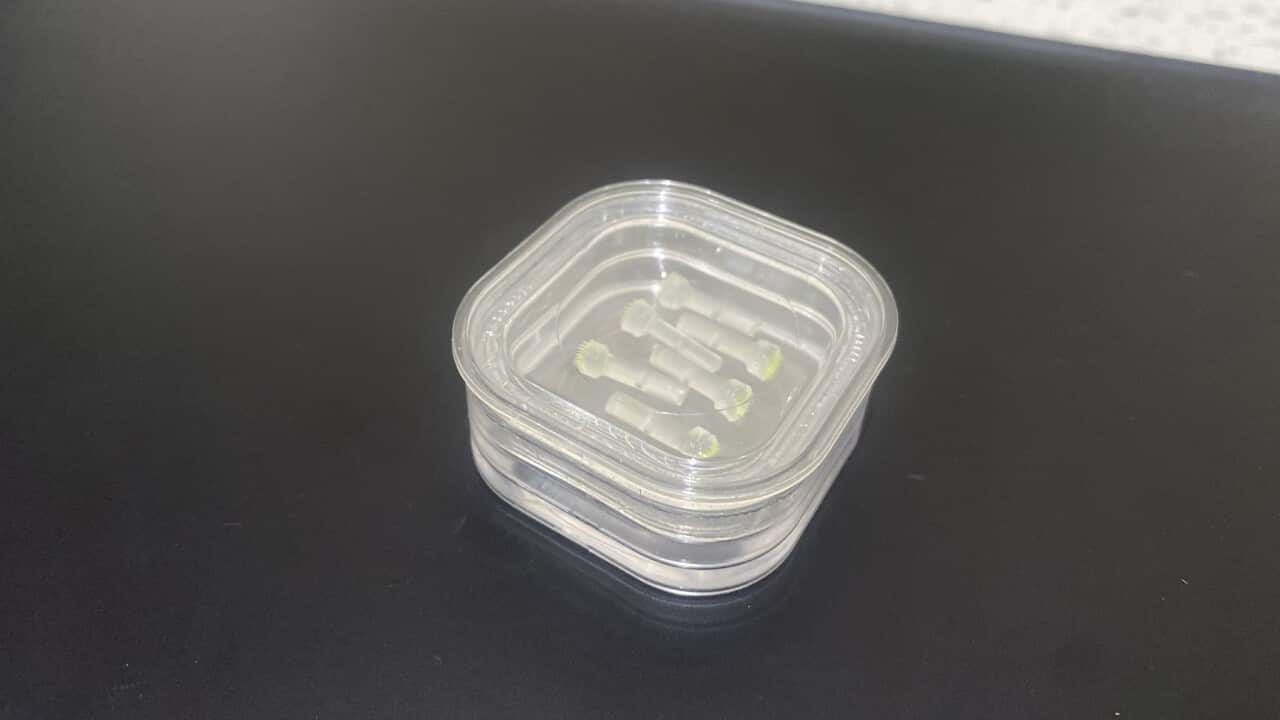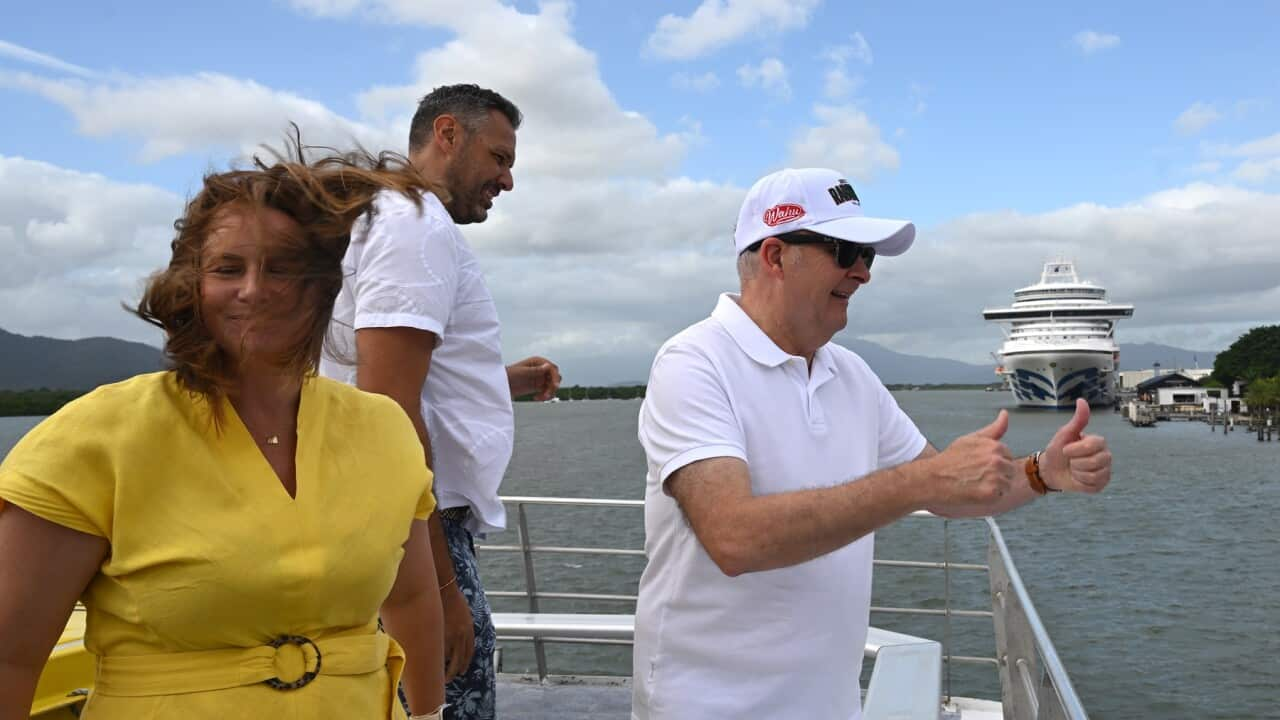TRANSCRIPT
Imagine a pre-screen for skin cancer in just seconds
The first clinical trials of the DermR skin patch took place in Western Australia's remote Pilbara region in May.
"And you've just contributed to hopefully a new age screen for skin cancer.”
Sydney-based genomics specialist and DermR Health Solutions CEO Stephan Mazy developed the tool.
He says the technology harnesses the power of micro-needles with the hope of one day delivering a both painless and convenient way to identify cancerous lesions.
“Micro-needles are painless, they're less than a millimetre long and they penetrate about a millimetre into the skin and they collect a micro amount of tissue, you feel a little bit of pressure. But the amount of tissue we collect is actually enough to perform a genomic analysis, which is highly sensitive. And using this methodology, we're able to screen out which lesions could be potentially cancerous versus which ones we know have no cancer at all.”
He believes the technology could be an alternative to a biopsy - when a sample of cells or tissue is removed from the skin - typically through an incision.
The procedure is usually carried out by a GP and involves a local anaesthetic.
Mazy says the micro-needle patch is a far less invasive option.
“There's no pain, no bleeding, no cutting. When we apply the patch, we put it on for about 15 seconds, there's a little bit of pressure, there's a slight twisting motion to get the tissue, [and] it then gets removed. The whole process takes under a minute.”
He says, however, patients who do have signs of cancer will still require a follow up biopsy.
"I guess the whole idea is to triage, so which patients do need to get medical attention and which patients don't."
Around 2 in 3 Australians will be diagnosed with some form of skin cancer during their lifetime.
And while those in regional Australians are most affected, access to healthcare can be limited.
Mackay-based Dr Nicole Higgins is the President of the Royal Australian College of General Practitioners.
"Rural and regional Australia we know we carry a significant burden of skin cancers The access to specialised skin cancers services is reduced. That being said, it's also the bread-and-butter work of rural GPs."
Registered nurse Jessica Evans, who services patients in remote areas of Western Australia, says a lack of access to specialised care can often prevent people from getting a skin check.
"In a lot of the areas up in the Pilbara we either have limited doctors or no doctors, doctors that don't necessarily specialise in skin or thorough skin check."
The hope is that the micro-needle skin patch will be able to be administered by a nurse.
Professor Pascale Guitera -a dermatologist at the Melanoma Institute Australia - believes this kind of technology 'will be the way of the future.'
But she adds it's still early days.
"It's great because of the equity, in terms of access to all the patients through a nurse for example. We don't know yet about the costs, for example or the accuracy. We have a lot of diagnosis that are not white or black - they're grey. So, they need a lot of skill and experience from the doctor to do that. But of course, I wouldn't say because it's complex we should not try."
Dr Stephanie Westen is a West Australian-based dermatologist and a Fellow of the Australasian College of Dermatology.
She says if successful, the patch could be a 'useful diagnostic tool.'
"If you're a country patient and you have a simple sort of investigative technique and it says, actually this is skin cancer, then you can prioritise the next step which is maybe making a longer trip to a centre to have that treated. Sort of go, 'right, well I was planning on going [for a check] in six months’ time, but actually now I'll bring that forward.' Or you might get the reassurance that actually 'no, this one isn't something that needs to be treated in the next week or two, so that appointment in six months will be fine."
A second, larger clinical trial is expected within the next six to 12 months.













